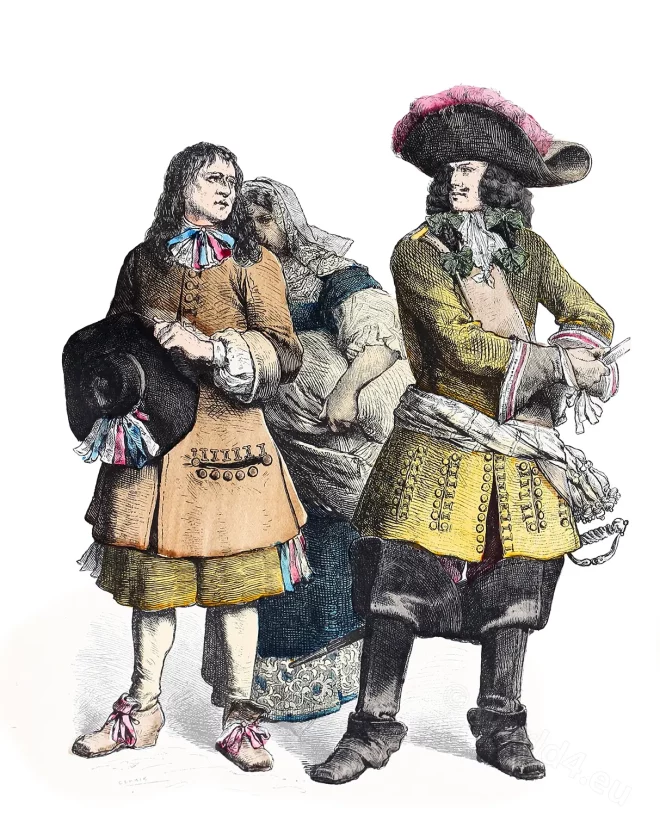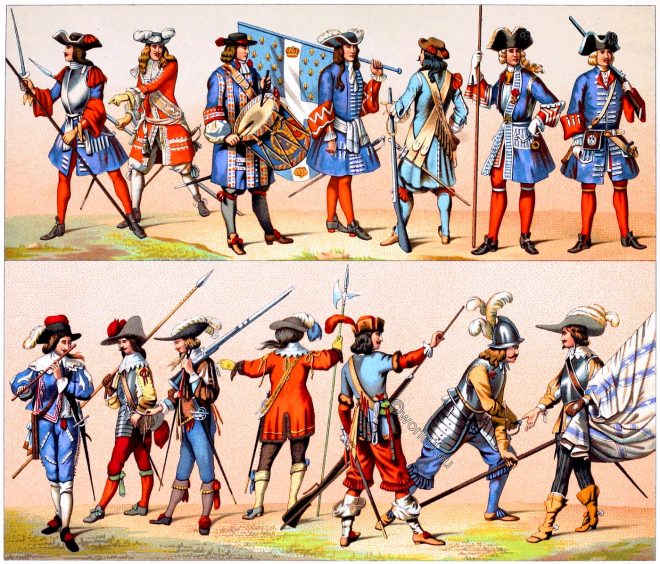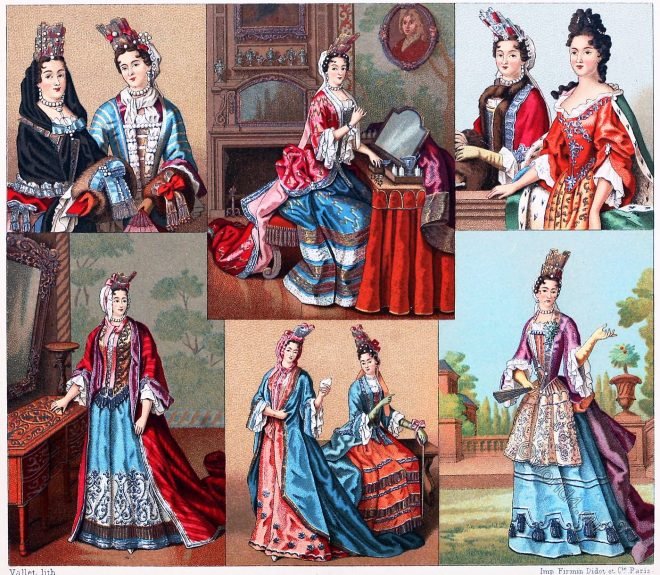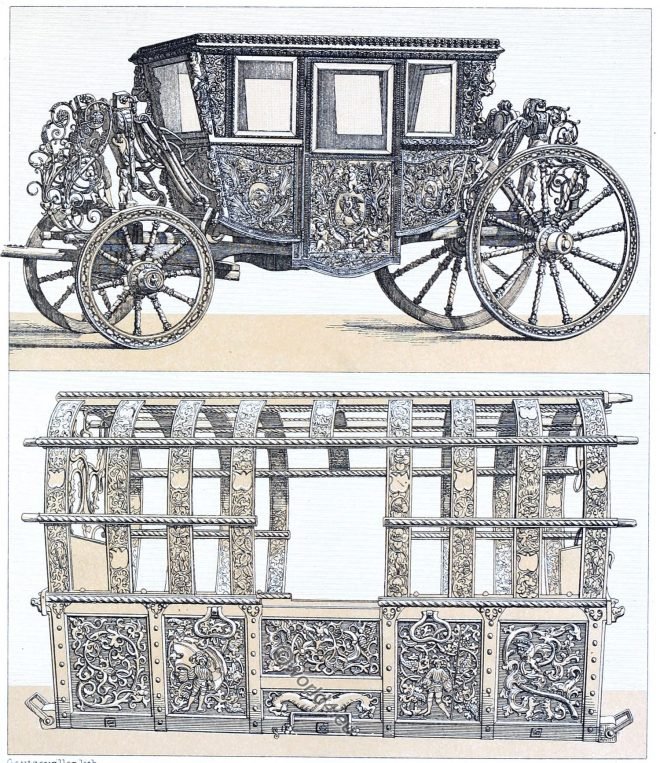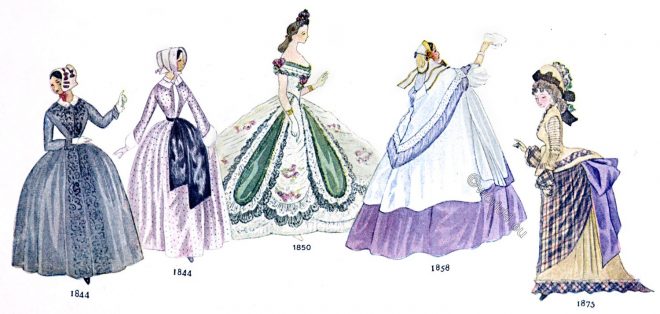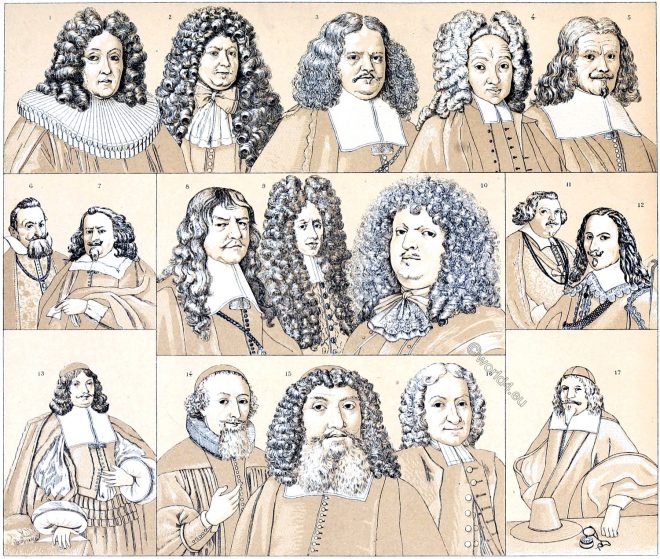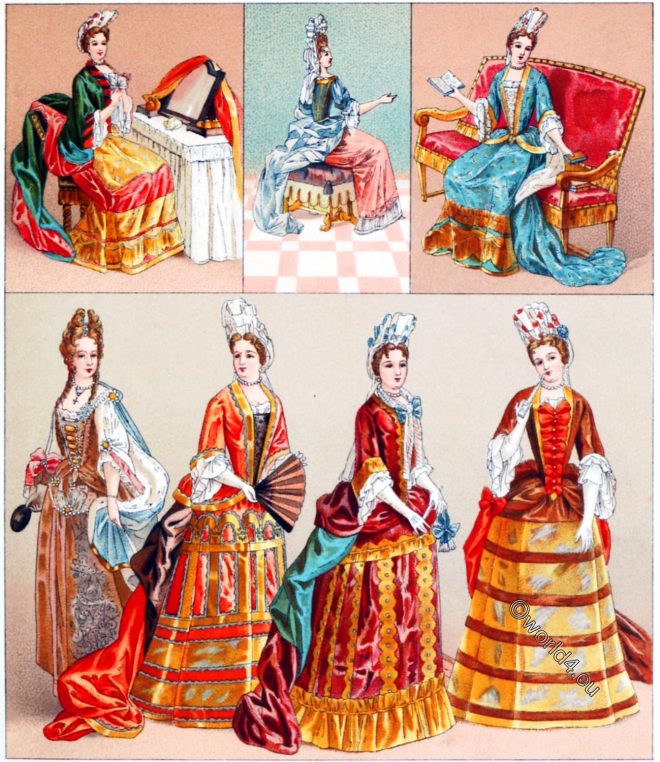Last third of the XVIIth century. Reign of King Louis XIV (1643-1715).
Category: Louis XIV
The Art of Perfumery in Italy and in France.
The art of perfumery began to be cultivated in Italy early in the 16th century. France has been associated with the cultivation of sweet-smelling flowers from early times.
The silhouettes of the seventeenth century.
The disappearance of the hoop in the early years of the seventeenth century caused a change in the outline of the costume worn by the woman of fashion.
Uniforms of the French Guards since their creation. Costumes of Soldiers.
The French guards since their creation. Soldiers in the 17th and 18th century. Uniforms of Pikiner, Flag bearer, Tambour, Musketeer, Officer.
Female fashion. The Capote. The Muff. The Baskine. Reign of Louis XIV.
Female fashion. Second half of the reign of Louis XIV. The Capote, The Muff. The Fontange. The Baskine. The lace apron. The House Dresses.
The origin of the coiffure à la Fontanges under Louis XIV.
Ladies of high standing in the transition from the 17th to the 18th century, after rare coloured copper engravings of that period. Female fashion of the baroque in the 17th and 18th century.
Transport wagons, coaches and carriages in 16th and 17th century.
Transport wagons, coaches and carriages in 16th and 17th century Europe. Coaches in France. Continental carriages in the 13th and 14th century.
The hoop skirt and its development within the history of costumes.
The hoop skirt in the age of the Spanish fashion (Renaissance) 16th century, in the age of rococo (Baroque), 18th century, crinoline fashion, 19th century.
Beard, hair and wigs fashions during the 17th and 18th century.
Germany 17th and 18th century. Fashions of the day: Beard, hair and wigs. Historical figures. Clergymen, statesmen and warriors.
The Fontange. Female costumes under the reign of Louis XIV.
The costumes depicted here belong to the second half of the reign of Louis XIV and the end of the 17th century. The first characteristic feature is the large headdress, called Fontange.

